“Appropriate blocking should try to avoid hyperextension of the low back, especially in younger athletes to avoid the development of a stress fracture in the low back. Some extension is appropriate with good core and low back strength in more experienced players, but be cautious with extensive low back extension with load.”
Dr. Vasilios Motzorous, MD
Detroit Pistons Head Team Physician
Orthopedic Surgeon
What: Lumbar Hyperextension
Why: Proper Run Blocking Mechanics
Being able to displace a defensive lineman is one of the fundamental attributes of an effective run block. Regardless of the scheme you’re running or type of block you’re executing, the goal of any run block is to widen, collapse, or vertically displace a defender. In order to move another human being from point A to point B, it is important that an athlete positions their body in the most advantageous way to do so.
There are certain biomechanical principles that transcend offensive line play. To understand how these principles apply to offensive line, we must first understand how to best position the body for acceleration through the sagittal plane as well as take into account how external loads are being applied against our O-Line athlete.
Being able to accelerate from a static position is a physical demand that sprinters and O-line athletes share in common. In order to overcome a static starting position in the fastest possible way, a sprinter must come out of the blocks with a forward torso lean where the shoulders are stacked in front of the hips, and the feet strike the ground consequently behind the hips. Once a sprinter nears peak speed, they transition to the maintenance phase where the angle of the torso decreases with the hips and feet stack below the torso. The difference between these phases is that one is optimal for initiating movement and generating power, whereas the other will only allow the sprinter to maintain whatever speed they generated during the initial stages of the run.
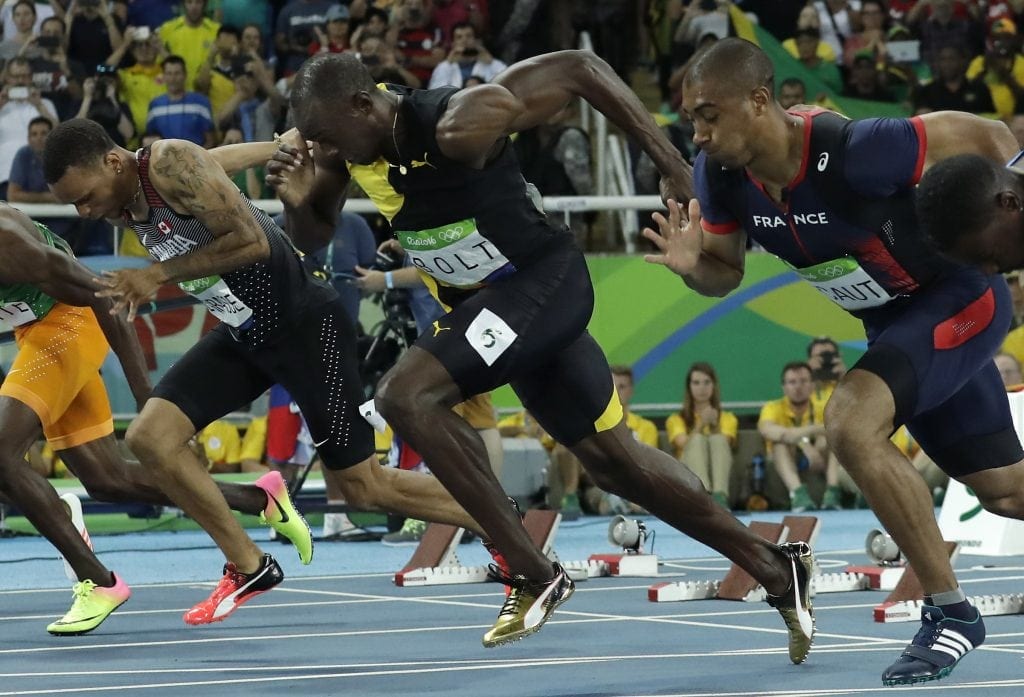
Jamaica’s Usain Bolt, center, starts the men’s 100-meter final during the athletics competitions of the 2016 Summer Olympics at the Olympic stadium in Rio de Janeiro, Brazil, Sunday, Aug. 14, 2016. (AP Photo/Matt Dunham)
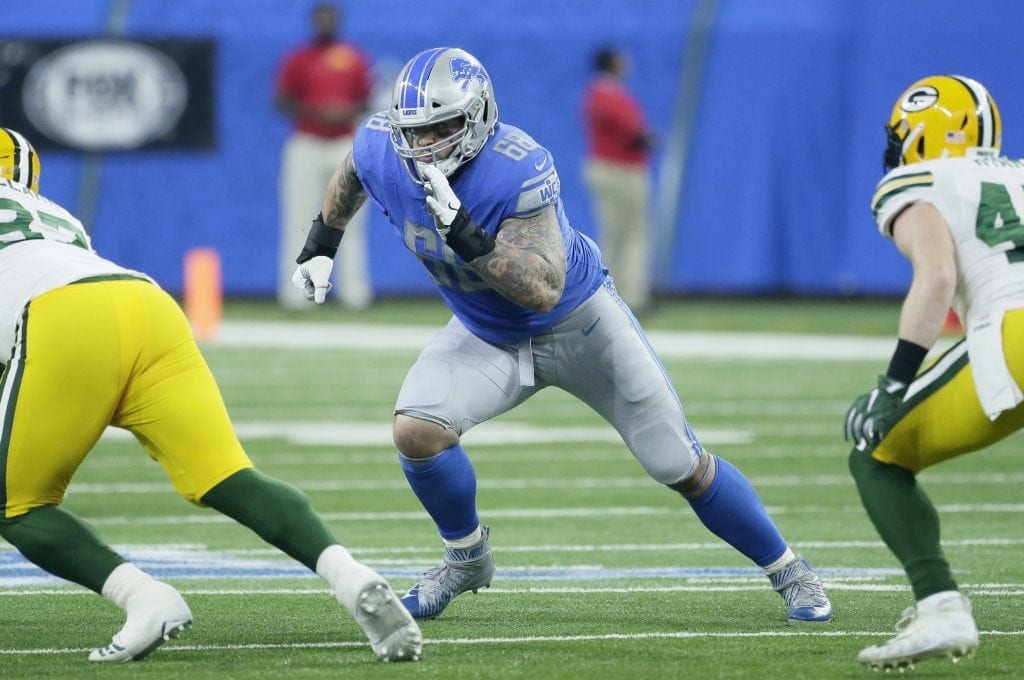
Detroit Lions offensive tackle Taylor Decker (68) rushes the line during the first half of an NFL football game against the Green Bay Packers, Sunday, Dec. 31, 2017, in Detroit. (AP Photo/Duane Burleson)
These same concepts of sprinting apply to offensive line movement. While the base of the athlete has to be wider than that of the sprinter due to the tactical demands of the game, linemen must still play in the acceleration phase (Drive-Phase) with a forward torso lean with the hips and feet stacked behind the shoulders throughout the block. The only difference in offensive line play is that the external forces being applied on a lineman do not allow them to transition out of this forward leaned position and still be able to produce force to move with maximal force. The more force an O-line athlete must exert onto a defender, the more torso lean must be present to move a defender. This is why a lineman executing a drive block will be in a more forward lean than two athletes executing a double team. The two athletes in the double team split the load of the defender, so their appropriate body position reflects the amount of force they are applying.
Stacking the hips under the shoulders is only effective for one thing, applying force in a vertical plane. This is great for squats, deadlifts, overhead pressing, and even a wrestling suplex. One thing it does NOT put an athlete in a better position to do is to move an athlete in a horizontal plane. It may look cute to roll your hips through and pick up a person who is standing still, but when horizontal force is applied from a defensive lineman in a live situation, an athlete performing this hip roll on contact will: A) not lift the defender off the ground, and B) will not be able to move them off the ball. Forcing the hips into extension does not load the glutes.
Hip extension is the result of exploding from a loaded position, and this loaded position comes from a hip hinge where the glutes are stretched and able to apply concentric force. Once the hips are in full extension, there can be no more force generated to produce movement, so the athlete must reload them in the hinged position to apply more force.
Even in clips showing “effective use” of the hip roll technique, these clips often start out as a stalemate on contact. The player then wins the block by dropping their hips behind the shoulders to more effectively apply lateral force to displace the defender.
To truly displace a defender we need constant force to be applied through a defender. A hip roll may briefly apply force into an opponent, but this force cannot be sustained over time, and we all know that a pancake on contact rarely happens. A pancake block is the result of a constant drive with constant acceleration from a body position that allows the athlete to apply force horizontally. We should be teaching our athletes to drive out of their stance with maximum power, set their hips on the proper angle to intersect the defender, and continue to drive until the defender is on their back. Cueing a hip roll on contact is a cue that takes the focus away from what needs to occur to move a defender and should not be the standard for effective performance.
“Based on the mechanical stresses seen in this photo, it is likely that repetitive performance of this hyper-extended spinal position could lead to unnecessary irritation to the posterior elements of the spine. Such irritation performed repeatedly could predispose some athletes to painful condition such as spondylolysis and eventually spondylolisthesis. This is a position that cannot be recommended for long term spinal health.”
Keats Snideman PT, DPT, CSCS, LMT
How: The Interplay Between Offensive Line Performance & Research
Football in its most basic form is two things: Blocking and Tackling. With each new play, the most simplistic goal of both the Offense and the Defense is exactly the same. Most coaches would agree that goal is to establish a new line of scrimmage. Taking a step further, the job of the Offensive Line is the exact same as the Defensive Line’s job: own the line of scrimmage and establish a new one by moving your opponent forward (OL drive block) or backwards (DL pressing a gap).
With this simple approach to the game, the techniques should therefore be relatively the same during a run play. It is worded perfectly in an excerpt from Frans Bosch’s book, Strength Training and Coordination: An Integrative Approach.
“…People all over the world find more or less the same answers to movement problems. People all over the world run up a flight of stairs in the same way. In the mangrove forests of Borneo, where villages often have a small volleyball court but not a single television set, the best player hits a smash in precisely the same way as an indoor player in Italy, without ever having seen a smash on TV” (Bosch 2015, p.104).
“It seems to that a certain degree we all solve movement problems in the same way and easily manage to move efficiently. The overall structural plan of the musculoskeletal system is linked to a strategy for eliminating inefficient, unstable movement patterns that is deeply rooted in the system. This means we do not design movements as series of isolated movement incidents, but as coherent applications of fixed movement principles. The movement patterns that we choose are thus interconnected. The fixed principles are as universally valid as possible – in other words, the more movements a principle can be applied in, the more important it is to the system. The body has little interest in learning principles that only work in a limited number of cases. Rather than tricks, it wants to learn a flexibly applicable technique” (Bosch 2015, p.105).
How does this relate to line play?
It relates to line play the same way it does if someone were to push a heavy dresser across the bedroom. If a refrigerator were to tip over and fall on anybody, most everyone would put their body at the same angle to try and catch it so that it doesn’t crush them. Google image search “pushing a car.” Everyone is in about the same relative body position and posture. We all naturally will find our most efficient position for moving a heavy object.
Like it or not, all of those positions are very similar to what a Defensive Lineman is doing to an Offensive Lineman. If an Offensive Line Athlete’s goal is the same as a Defensive Lineman’s, then a completely different technique would not be logical. Are there other factors involved? Absolutely. Stunting defenses. Offensive schemes. Size. Ability. But at its core root, the goal is the same…move the player in front of you against his/her will.
At some point, if what is being taught goes against what the body thinks is most efficient, effective, and safe, then the body will try it’s best to fix it in the moment when it matters.
For this reason it is our job to teach and train players in a way that maximizes both their safety and performance. Instilling correct movement patterns gives them the ability to maximize their performance when they need it, and that’s when the ball is snapped. But, if what’s being taught puts that player at a disadvantage at the snap, that player will have to constantly figure out the hard way what will eventually work…by that time it may be too late.
In training, there may be certain degrees of slight variance in what someone may think is a correct movement such as a front squat, dead lift, or overhead press. But no matter where you look, the mechanics are the same, especially with the position of the back/spine/torso.
When it comes to the spine, the risk is much too great if you are wrong. Therefore, it is essential that you teach the proper techniques.
According to the National Strength and Conditioning Association (NSCA):
“The flat-back lifting posture has been found to be better overall than a rounded (opposite of arched) back in minimizing L5/S1 compressive forces and ligament strain. A normal, slightly arched (lordotic) back has been found to be superior to a round back for avoiding injury…” (Baechle & Earle 2008, p.84).
According to The National Academy of Sports Medicine (NASM):
“The SAID principle (Specific Adaptation to Imposed Demands), in part recognizes that in order for an exercise to improve performance, it must display similar movement patterns and regions of movement of the targeted sport skills. The Olympic lifts fulfill these criteria through the universal athletic position (UAP). It is seen dynamically in the countermovement jump or the second pull phase in the snatch or clean. This position is described (among other things) as having a neutral spine. Because ‘posture modulates the ability to generate strength’, the UAP ensures a posture where maximum force can be generated from the hips. To exhibit explosive power, the athlete must avoid exaggerated movement of the spine; the spine must be in neutral and stable to generate maximum power through the hips, knees, and ankles” (Clark, Lucett, & Kirkendall 2010, pp. 315-316).
NASM also points out that proper posture not only increases the biomechanical advantage, but also decreases the stress on the spine (Clark, Lucett, & Kirkendall 2010, pp. 319-320).
While the “banana spine” in offensive line play is believed to engage the stronger muscles of the hips, glutes, and back, sports medicine professionals see an issue with this position while just standing up. This “banana spine” standing position is referred to as having “Lower Crossed Postural Distortion Syndrome.” It is characterized by frontal pelvic tilt causing excessive lumbar/lower back extension or the “banana spine.” (If you had an imaginary tail: Stand up. Now, think about raising that tail – frontal pelvic tilt, your butt rising up, and low back arch is the net result). Just standing in this position places excessive stress on the low back muscles and tissues (Clark & Lucett 2010, p.296).
Assessing a squat, an arched/hyper-extended back is a compensation usually meaning that the hip flexors and erector spinae muscles may be overactive. Think of overactive being constantly tensed. Meaning there’s no room in the muscle fibers to engage or contract any more. While those muscles are overactive, the excessive arch compensation usually means that the glutes, hamstrings, and core stabilizers may be underactive. Think of underactive muscles being like a flickering light. No matter how hard that light tries to come on, it’s always ends up off and you’re left in the dark (Clark & Lucett 2010, p.297).
During a squat, a clean, a dead lift, a sprint, a RUN block, your glutes and hamstrings are your prime movers. If those are underactive, you have NO chance of moving a Defensive Lineman. No matter how hard you try, if the right muscles aren’t firing, you’re at a disadvantage. Can some athletes overcome this? Yes, but some being the key word. The genetically elite are the ones that can overcome a lot of things.
Proper Trunk Bracing
Core stabilization while blocking someone is crucial for trying to not only control a defender, but also transferring force and having the ability to maintain balance and control while the defender is trying to fight off that block. To properly engage the core to put it in the most stable position requires muscles to be at the optimal length to hold that contraction.
Here’s a simple visual to what that means.
If you had to let someone punch you in the stomach, what would you do? Naturally, you would go to the position and “engage” the muscles you needed to in order to protect yourself. It’s the same cues that every exercise professional in the world talks about when lifting weights. Optimal intra-abdominal pressure (bracing/engaging the core) needs to be created to stabilize your posture.
Getting punched in the stomach is a max-effort reaction.
Lifting a heavy weight is a max-effort action.
Blocking a 3-Technique who is coming off the ball with bad intentions IS a max-effort action.
It can then be assumed that great intra-abdominal pressure needs to be created in each situation. However, when the position of your spine is in a hyper-extended position, the core pressure needed for maximum stability cannot be created. You wouldn’t arch your back and push your stomach forward to let someone punch you. If a strength coach taught that position to lift a weight, he/she would be fired. Blocking an opponent falls in the same category.
Even easy movements such as pressing or curling with a hyperextension in the spine creates an unusually high sheering stress on the lumbar vertebrae.
“Performing half squats with barbell loads ranging from .8 to 1.6 times body mass produces compressive loads on the L3-L4 segment of the spine equivalent to 6 to 10 times body mass” (McArdle, Katch, & Katch 2001, pp. 515-516).
And that is just with a half squat.
Trying to absorb that force on the field means that the spine must be in the most stable position possible to do so.
When looking at how three of the most recognized and respectable strength and conditioning certifications teach the movements of a dead lift, squat, and overhead press, all three have the same position for the spine to take on load.
You can find the techniques here:
Dead Lift
CSCS textbook – page 359
NASM PES textbook – page 292
CSCCa – https://cscca.org/educationalresources/strength/CSCCa_ex_tech_Conv_Deadlift.htm
Front Squat/Back Squat
CSCS textbook – page 352
NASM PES textbook – page 331-333
CSCCa – https://cscca.org/educationalresources/strength/CSCCa_ex_tech_Squat.htm
Overhead Press
CSCS textbook – page 364-365 (Push Press/Push Jerk page 370-371)
NASM PES textbook – page 297 (Push Press/Push Jerk page 305)
CSCCa – https://cscca.org/educationalresources/strength/CSCCa_ex_tech_Conv_Deadlift.htm
*CSCS – Certified Strength and Conditioning Specialist from the National Strength and Conditioning Association
*PES – Performance Enhancement Specialist from the National Academy of Sports Medicine
*CSCCa – Collegiate Strength and Conditioning Coaches Association certifications Strength & Conditioning Coach Certified (SCCC) or Master Strength & Conditioning Coach (MSCC)
References
Baechle, T. R., & Earle, R. W. (Eds.). (2008). Essentials of Strength Training and Conditioning 3rd Edition. Human Kinetics. (CSCS Certification Textbook)
Bosch, F. (2015). Strength Training and Coordination: An Integrative Approach. 2010 Publishers.
Clark, M., & Lucett, S. (Eds.). (2010). NASM Essentials of Corrective Exercise Training. Lippincott Williams & Wilkins.
Clark, M., Lucett, S., & Kirkendall, D. T. (2010). NASM’s Essentials of Sports Performance Training. Lippincott Williams & Wilkins. (PES Certification Textbook)
McArdle, W. D., Katch, F. I., & Katch, V. L. (2001). Exercise Physiology: Nutrition, Energy, and Human Performance 5th Edition. Lippincott Williams & Wilkins.
“Improper coaching of blocking & tackling leads to repetitive strain, overload and catastrophic injuries. Overloading Spine & lower extremity joints in the manner demonstrated in this photo will result in injuries that will significantly impact a player’s football & athletic career. The hyperextended lower back with excessive force can lead to stress fractures of the spine (spondylolysis).”
Dr. Gerard Varlotta
Rehabilitation Consultant to the NY Islanders and New Jersey Nets
Medical Captain of the NYC Marathon
Medical team member of the 1996 and 2002 Olympics and Paralympics
Member of the 2012 NYC Olympic Committee
How: Playing at Lumbar End Range of Motion is Dangerous
Every sport played has a force generation curve. There’s the beginning of movement, end range of movement, and somewhere in the middle is the greatest amount of force & power generated. In order to maximize this ability, the body needs to be in the best mechanical position.
Football is a high speed collision/impact sport. I played it as a kid through high school and I’ve had my share of injuries. They are going to happen, but we, as coaches of any kind, need to do the best we can to put these kids of any age in a position to succeed while minimizing the chance of injury potential. To do this, we need to take advantage of the advancement of science in strength & conditioning and understanding of biomechanics. With this in mind the greatest strength/power/force in any sport comes from setting the hips into a position to drive into the ground through the legs and not through the back.
Dr. Stuart McGill, one of the most foremost leaders in spine research found that doing a back extension creates 890 Ibs of compression on the spine (McGill 91), and a prone superman exercise (lifting arms & legs off floor -Hyperextension) creates over 1,300 Ibs of compression on the spine (McGill 91). Now, take these same moves and add in a collision with another person of equal size and I’m guessing those compression forces greatly exceed those numbers that an exercise would produce. Now, take a kid that’s trying to get in football shape, learning a new blocking technique, practicing it over & over at full speed, and then playing a game at the end of the week. Does this scenario seem like it’s setting the kid up for a healthy future with reduced back injury potential?
After repetitive movements of this hip/lumbar extension blocking technique, tissue fatigue (muscles/tendons/ligaments) increases, resulting in increased chance of muscular skeletal damage/injury such as muscle strains, and bulged/herniated discs.
Back to the force movement curve, being in the end range of this technique position of lumbar/hip extension, there is a reduced base of support while playing a dynamic/collision sport. This does not put an athlete in position to be dynamically powerful and safe. What’s going to happen when the player is at end range and gets hit either from behind or in front? He has nothing to help absorb the added force. The chance of lumbar/sacral spine injury is greatly magnified, with the extreme scenario being a broken back.
Another scenario is the O-line athlete has his opponent in a stalemate while in full lumbar/hip extension, and then his opponent shifts laterally, or another Defensive player hits him on the lateral side creating a rotational force. Once again, the O-line athlete is in a position of disadvantage to counter the strain/force, thereby increasing chance of muscular skeletal injury.
In conclusion there’s always an inherent risk of injury in any sport. All we can do is prepare, condition, and educate yourself to be the best we can, so players can succeed with the least amount of risk for injury.


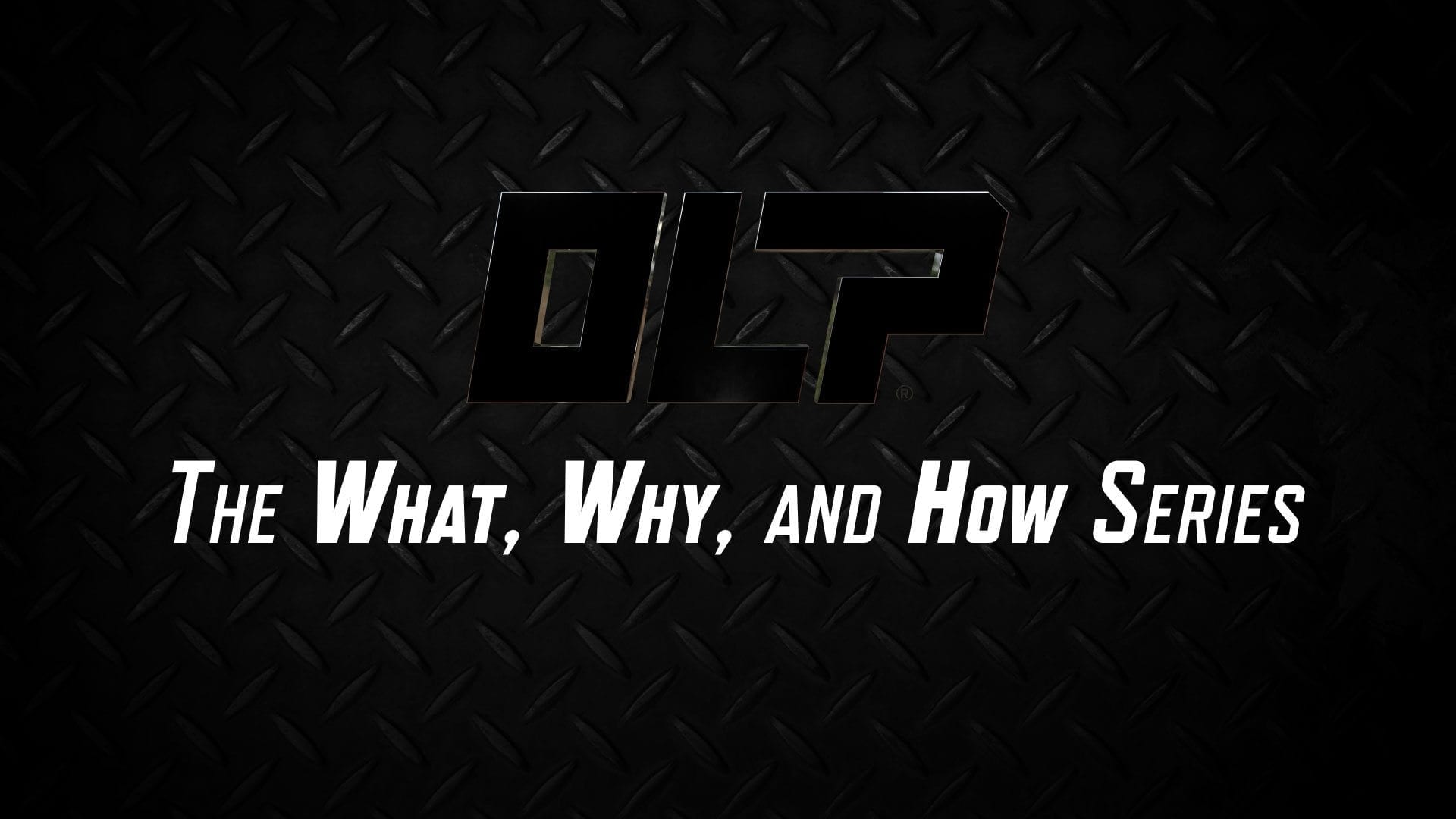

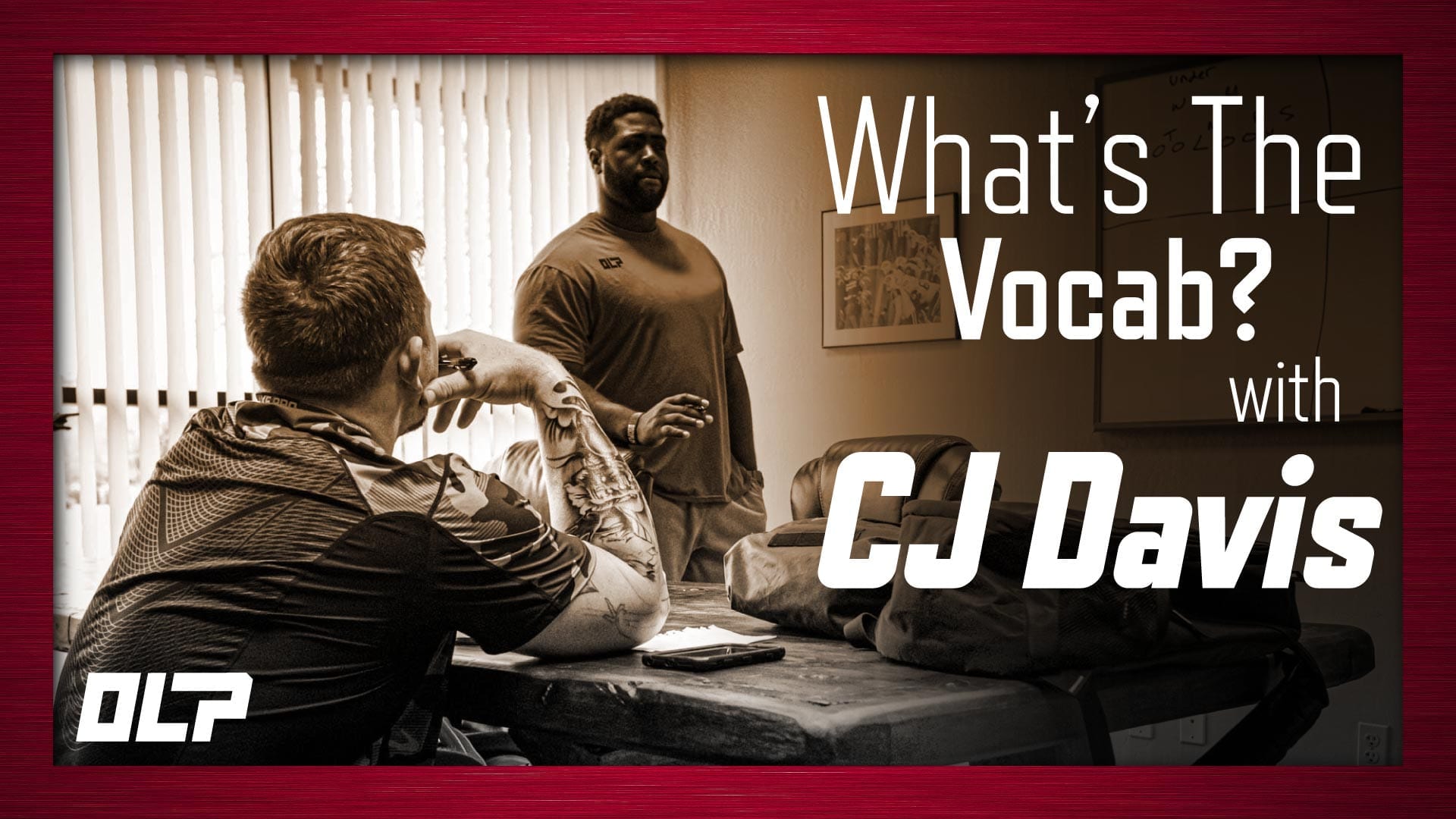
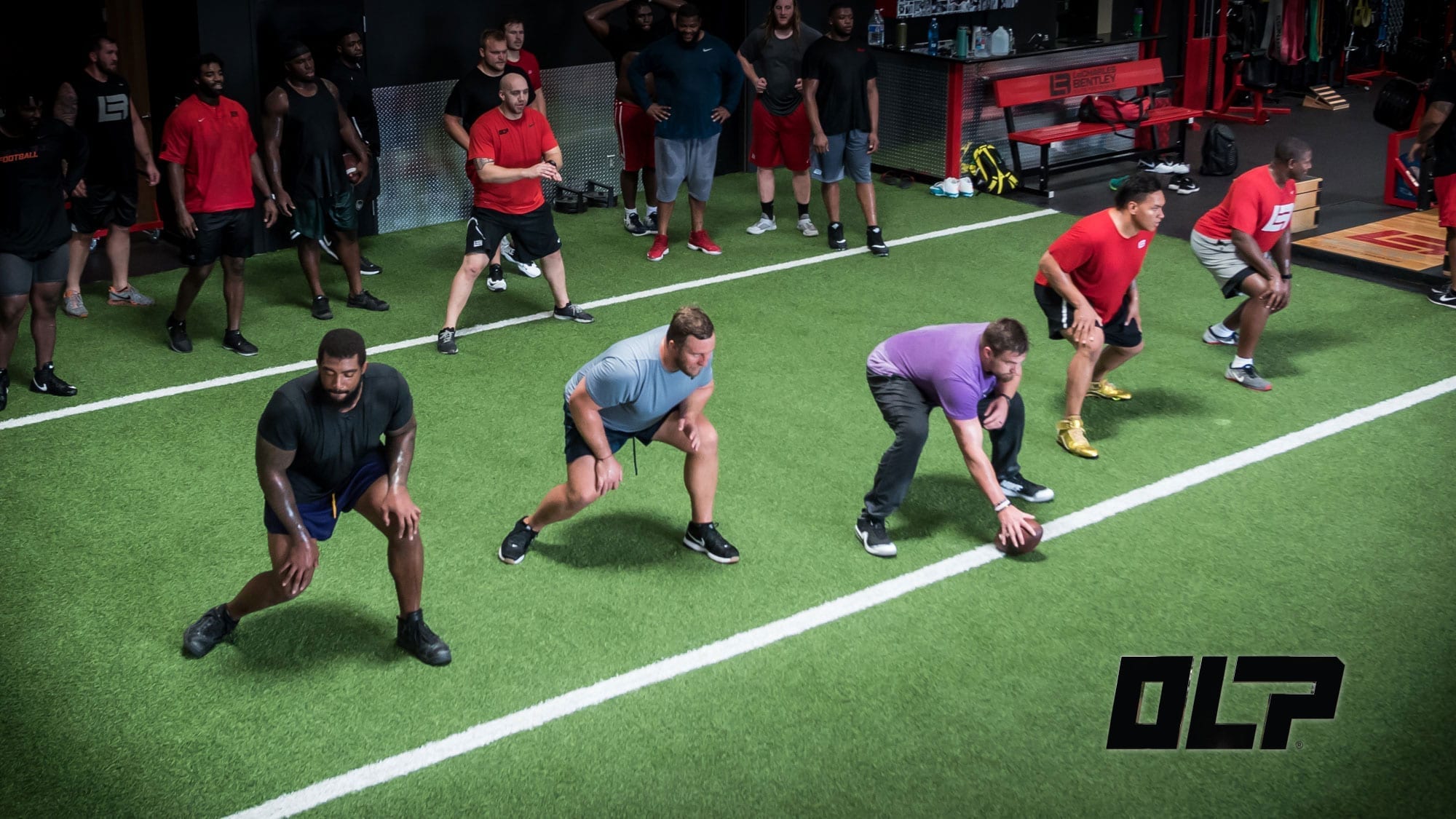
Leave A Comment